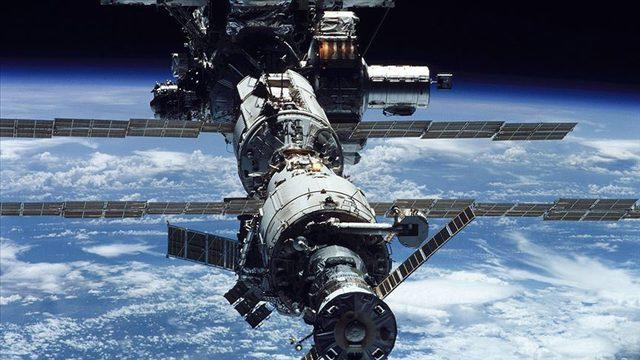According to The Hill’s report, the research found that the concentration of toxic pollutants in dust samples taken from ISS air filters is higher than that found in the trash dust in the homes of many Americans and Western Europeans.
“Our findings contain information that will enable many pollutant sources to be eliminated through careful material selection in the early stages of future space stations and habitat design and construction,” said Stuart Harrad, Associate Professor of Environmental Chemistry at the University of Birmingham, co-author of the study. used the phrase.
Harrad noted that although the concentrations of these pollutants exceeded those in many US and Western European homes, these levels were “usually within Earth’s measurements.”
MANY TOXIC POLLUTANTS AND CARCINOGENIC SUBSTANCES FOUND IN ISS DUST
In the powder of ISS, polybrominated diphenyl ethers (PBDE), hexabromocyclododecane (HBCDD), brominated flame retardant (BFR), organophosphate esters (OPE), polycyclic aromatic hydrocarbons (PAH), perfluoroalkyl and polyfluoroalkyl substances (PFAS) and polychlorinated biphenyl (PCB) It turned out that toxic pollutants such as
In addition to PCBs, some of the types PBDE, PFAS and HBCDD are classified as persistent organic pollutants under the United Nations Environment Program Stockholm Convention, the researchers said.
It has been noted that some PAHs are classified as “carcinogenic” to humans and some of the OPEs are evaluated for restriction by the European Chemicals Agency (ECHA).
THE AIR IN THE ISS circulates 8 to 10 times per hour
The researchers reported that BFRs and OPEs are used in many countries against fire in products such as electrical appliances, building insulation, furniture fabric and foam.
Stating that PAH is formed by the combustion of hydrocarbon fuels, the researchers informed that PCBs are used in the production of building and window sealants and electrical devices.
Also known as “endless chemicals,” PFAS has been noted to be a key ingredient in many products, such as non-stick pans, waterproof clothing, and cosmetics, as well as some types of firefighting foam.
In the research, it was emphasized that the air inside the ISS circulates 8 to 10 times per hour, and it is not known to what extent the system can remove some chemicals while removing carbon dioxide and trace amounts of gaseous pollutants.
The research has been published in Environmental Science and Technology Letters. (AA)
